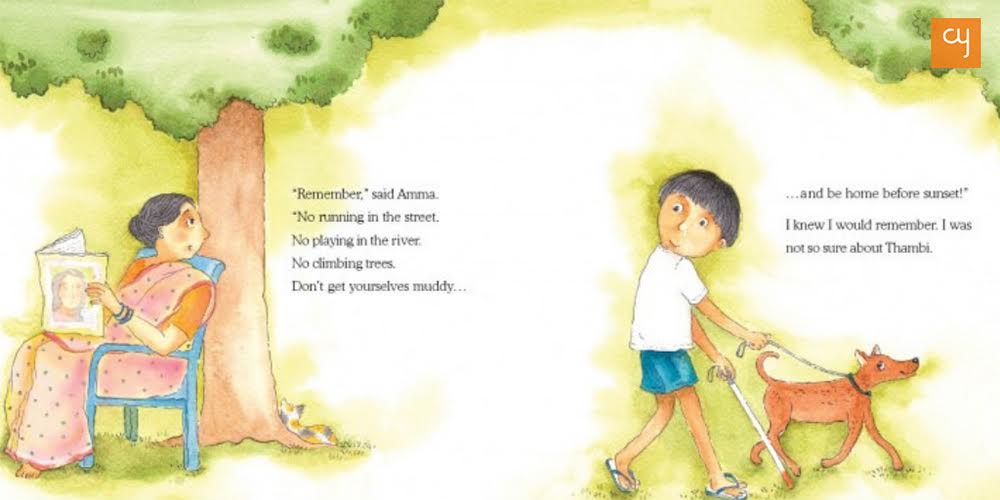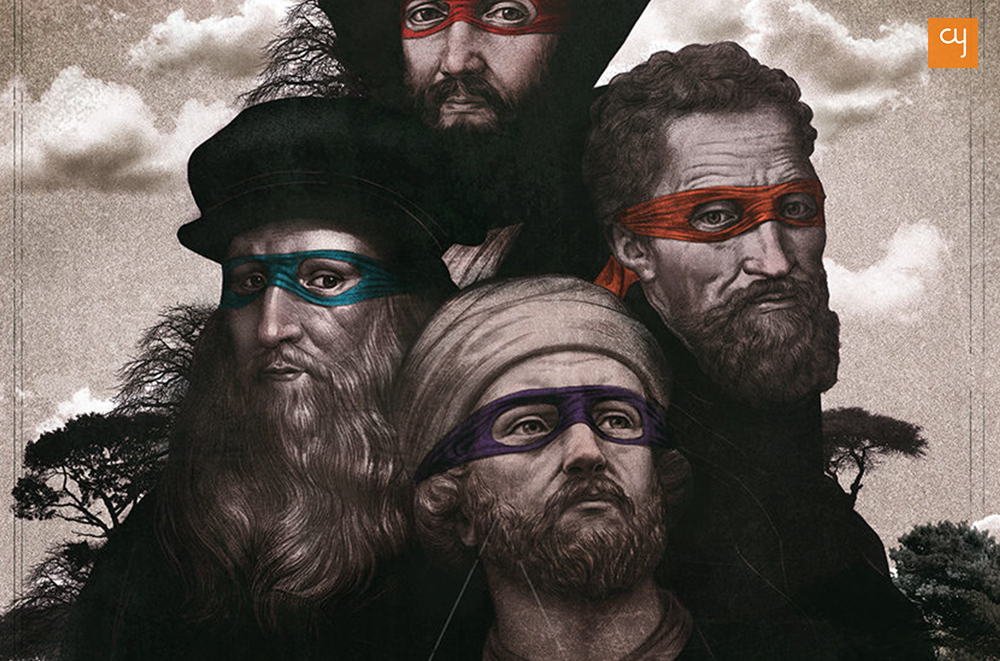Are you someone who doesn’t let Indian classical Music reach your heart, harboured misconceptions for ages? Music, in all its glory and forms, is never unappealing or unmoving. The Raag and Raginis are as enthralling as Rock and Roll, provided you take a free plunge and don’t hold back. A brush-up with the basics of Indian Classical Music will let you cherish its sublimity! So here we go!
A Peek Into The Past
The history of India is convoluted and very political, and so is the history of its music. You may have heard of Tansen and Ravi Shankar, but there’s a whole host of styles and people that paved way for them. But before that, we should distinguish between the two main schools of Indian classical music: Hindustani and Carnatic music. Hindustani classical has its roots in Northern India, while Carnatic classical has emerged in South India. The two styles have evolved differently because of their locations (which, by the way, does not raise or lower the value of either). Hindustani classical music has undergone a great deal of evolution due to Mughal influence, and since South India was not affected by their rule, Carnatic music is less influenced by this. However, they both thought to begin with three notes and that’s why ancient shlokas, chants, do not have much of a melody. So how did we get from these three notes to where we are today?
There are a lot of theories, but all that you should know is that music and musicians change because audiences change — whether it’s due to economic equations or environmental factors. Artists have to make a living, and like it or not, consciously or subconsciously, they do respond to how audiences react, to a certain extent.
Do I clap? Can I close my eyes? When do I say ‘kya baat hai’? : Let’s break down how to be an audience member
What’s the purpose of classical music? Technically, it is not to entertain audiences but rather humble dedication to the Almighty or to delve into one’s own spirituality. Classical music is often called the ‘quickest path to God’. The belief that the music has come from the God and is best when offered to the God, is one of the things that makes it unique from other kinds of music.
This is why classical music can be appreciated by one and all. One person may be able to understand the poetry but not the music. Another may be appreciating the music but cannot decipher the words of the composition. Classical music aims for a different chord, an inner chord of spirituality. Classical music has been historically performed in intimate spaces, where the audience reactions are very much part of the presentation. The artists respond when they hear the audience members’ reactions of ‘wah’ or ‘kya baat hai’. Whereas these would be inappropriate in the setting of a symphony concert, they are very much part of the classical performance. When a note, or a certain melody moves you, it’s actually customary to not hold back your reaction.
Jargon – the Basics for a Listener
We are all basically listening for the beauty in the expression of music. Here are a few terms to help you understand the structure of the performance. Here are some words that you will likely hear or have heard already as an audience member or student!

Raag: ‘Yeh kaunsa raag hai?’ or ‘Which raag is this?’ Surely you’ve heard these whispers as soon as the artist launches into the first few notes of a performance.
At its simplest, a raag is a foundation; a set of notes with its own set of rules and limitations. At its most complex, a raag is a mood, with its own distinct melodic phrases and twists & turns that bring out its color and emotion. It is said that a discerning listener can tell which raag an artist is playing just by the way he or she approaches the first note. More than on how well or quick they can physically sing or play, an artist is mostly judged on how well he/she can establish and present a raag. Listen here to an example. Famous for his deep understanding of raag, observe how Pandit Nikhil Banerjee patiently develops the raag, beginning with the lower notes and working his way up to the higher notes in an ascending motion. He continues to introduce new notes of the raag in interesting ways and lets the notes ring out, showcasing the natural beauty of the sitar’s deep tone.

Swar: Shadaj (Sa), Rishabh (Re), Gandhar (Ga), Madhyam (Ma), Pancham (Pa), Dhaivat (Dha), Nishaad (Ni). These are some of the swars, the notes, alphabet from which the raags are constructed. This is why all raags sound different. There are some raags that only have 5 notes, some that have 6 notes and some that include all 7. If someone asks what are the swars that are included in this raag?, they are asking which notes are included in this particular raag and which are excluded. Around 2:30 in this video, Pandit Jasraj ji is singing some of the swars of the raag, where before, one could only hear the words of the composition. The words of a composition are perched on the swars. Next time, listen for these swars and try to pick them out!

Aalaap: Aalaap is a free time (without any rhythmic accompaniment), improvisational exposition of the raag done at the very beginning of the performance. If you listen to this example, after the tanpura (drone instrument) comes in, Ashwini Bhide Deshpande begins vocalising on an ‘aa’ syllable which lasts for more than a minute before the tabla comes in. The earlier example of Pandit Nikhil Banerjee’s beginning improvisation was also aalaap, even though he was playing an instrument. Aalaap is done in phrases, so listen to how each phrase is like a part of a conversation. In the same way when you speak ‘Hihowareyouiamfine’, it is not expressive or comprehensible. ‘Hi’ and then ‘how are you?’ and then, ‘I am fine’ give listeners time to understand what you are trying to express. Try and recognize the phrases the artist is singing to really understand what they are trying to express.

Taal: Rhythm. This rhythm can be given by a host of different percussion instruments like tabla, pakhawaj, mridangam, and ghatam. If you see people counting on their fingers, they are counting the beats in a cycle. The most common beat cycles consist of 16, 12, 8 or 14 beats. You can sometimes tell when a cycle begins by simply ‘feeling’ where the most stress is. Often the audience or other artists will give a clap on their knee on the first beat of the cycle which is a hint to where the cycle begins.

Jod: The second part of an instrumental solo which features (still rhythm-less) a slightly faster tempo. (Rare nowadays)

Jhallah: The third part of an instrumental solo, still without an external rhythm instrument, but featuring intermittent rhythm by the instrument itself. The artist will play a melody and then go back to the base note, the ‘Sa’, giving the entire section a feeling of a rhythmic backing. Usually, artists announce that they will perform ‘aalap, jod, jhallah, and gat in raag____’. Now you will know what each of these means. Listen here, where you can hear at around 7 minutes, the faster, jhallah section.

Lay: Speed/tempo of the composition. You can notice the changes in speed as the performance goes on, usually increasing, like here, where the lay suddenly increases at 32 minutes.

Bandish (Gat): The composition which usually is accompanied by taal. In vocal music, it is called a bandish, and in instrumental music, the gat. Again using this example, right after Ashwini Bhide Deshpande finishes with the aalaap (at around 2 mins), she begins with the first words of the bandish, ‘Eri piya nahi aaye’. The gat in this video of Pandit Ravi Shankar begins at 11.35.

Taan: The quick melodic phrases that are sung between lines of the bandish in swar. Here, Pandit Jasraj begins almost immediately with a taan at 19 seconds.

Guru- Shishya Parampara: The traditional way of learning is for a shishya, student, to go and live with his guru for a prolonged period of time to immerse themselves in whichever instrument or vocal tradition they study.

Gharana: Family or ‘school’ of music. Often, an artist’s name is announced with his/her gharana. These gharanas have, over the time and for mostly geographic reasons, developed their own styles which they are recognised for.
promotional
Yatra Archives

 How Tulika Books is creating impact in children’s lives through picture books
Nandini Varma
How Tulika Books is creating impact in children’s lives through picture books
Nandini Varma
Aug 20, 2019
A children’s book about a boy who feels like a girl. And about a child brought up by grandfathers. These are some of the stories published by Tulika Books, who have been making children’s picture books since 23 years. Little…
 Dalgona Coffee: A worldwide social media trend about home-made café experience
Harshil Shah
Dalgona Coffee: A worldwide social media trend about home-made café experience
Harshil Shah
Apr 1, 2020
While the lockdown has ignited various trends on social media, one that has received a major global following is #DalgonaCoffee. With thousands of posts on its name, here’s all you need to know about the Dalgona Coffee wave. I first…
 Leonardo, Michelangelo, Raphael and Donatello—Artists or Teenage Mutant Ninja Turtles characters?
Harshil Shah
Leonardo, Michelangelo, Raphael and Donatello—Artists or Teenage Mutant Ninja Turtles characters?
Harshil Shah
Nov 4, 2019
Did you ever wonder where the Teenage Mutant Ninja Turtles’ characters got their names from? Well, your search is complete. Here is a brief introduction of the artists from whom the creators of TMNT took inspiration. Teenage mutant ninja turtles,…
 The call of the mountains: orthopaedic Dr Yatin Desai’s advice on trekking
Himanshu Nainani
The call of the mountains: orthopaedic Dr Yatin Desai’s advice on trekking
Himanshu Nainani
May 23, 2019
In this piece 64 year old Dr Yatin Desai, shares with CY his inspiring story of how to scale towering mountains with utmost ease and how this life adventure activity can shape human character and health. Chances are high that…




